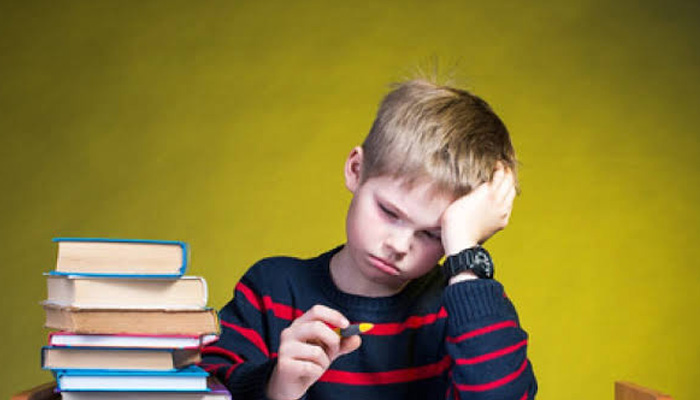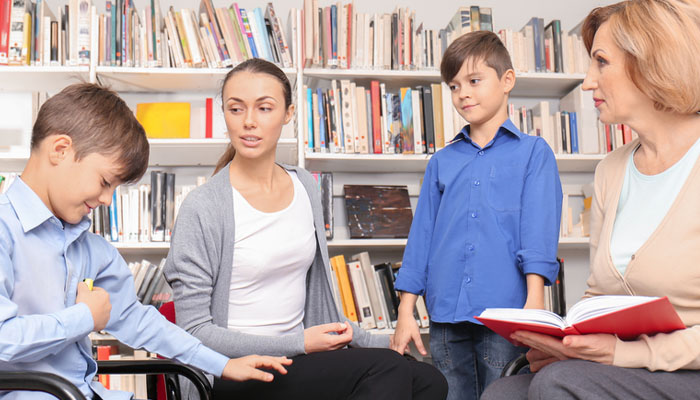
Walk into almost any school today, and you’ll hear terms like “IEP,” “504 plan,” “learning disability,” or “special education.” These labels are meant to help students succeed—but what if they sometimes do more harm than good?
For decades, the education system has tried to categorize and support students who struggle in traditional learning environments. That support is essential. But when does identifying a child’s learning difference become a limiting label instead of a helpful tool? And how often are we confusing “disability” with simply “a different way of learning”?
Let’s dig into this question—because how we define kids can shape their entire future.
The Power—and the Problem—of Labels

Labels can unlock access to valuable resources. A diagnosis of dyslexia, ADHD, or auditory processing disorder can mean a child gets extra time on tests, one-on-one reading support, or speech therapy. These tools can be life-changing.
But labels also carry weight. When a child is told they have a “disability,” they often internalize that message, even if unintentionally. Parents might worry more. Teachers might lower expectations. Peers may tease or isolate.
Over time, these labels can become part of a child’s identity: “I’m the one who can’t read.” “I’m bad at math.” “I have a disability.” That’s not support—that’s self-limitation.
Are We Pathologizing Difference?
Here’s a controversial but necessary question: Are we too quick to call it a disability when it might just be a different way of learning?
Not every child thrives in a classroom that values sitting still, memorizing facts, and performing well on timed tests. Some kids learn best by moving, building, experimenting, or storytelling. Others need visual aids or real-world applications to grasp abstract ideas.
When these kids struggle in traditional classrooms, they’re often flagged as “behind,” “slow,” or “disordered.” But what if the issue isn’t the learner—it’s the system?
Einstein, Edison, and the “Bad Students” Who Changed the World
Albert Einstein didn’t speak fluently until he was nearly nine. Thomas Edison was labeled “addled” by a teacher and pulled out of school. Both would likely be flagged for evaluation today.
History is full of people who learned differently but thrived in their own way—once they found the right environment or passion. That’s not to say learning challenges aren’t real; they are. But our current system may be too quick to frame difference as deficiency.
When Labels Become Excuses—or Miss the Real Issue

There’s another risk with labels: they can become a crutch.
Some students (and even adults) begin to think, “I can’t do this because I have a learning disability.” That mindset can limit growth and effort. On the flip side, labeling can also mask deeper issues. A child with undiagnosed trauma, poor sleep, language barriers, or vision/hearing problems might be misdiagnosed with ADHD or a learning disorder—when the real solution lies elsewhere.
Supporting Without Stereotyping
So what’s the alternative? How do we help struggling learners without boxing them in?
Focus on strengths, not just weaknesses.
Many students with “learning disabilities” are highly creative, emotionally intelligent, or mechanically gifted. Let’s celebrate that.
Teach in multiple ways.
Visuals, hands-on activities, storytelling, and movement-based learning shouldn’t be “extras.” They should be part of every classroom.
Avoid “forever labels.”
Children change. A struggling reader in 2nd grade might become an English major in college. Diagnoses should never define destiny.
Empower kids to self-advocate.
Instead of feeling “less than,” students should learn to say: “Here’s how I learn best. Here’s what helps me succeed.”
The Role of Parents and Teachers

Parents and teachers are on the front lines of this issue. Their words, beliefs, and expectations matter.
When a teacher says, “He’s just lazy,” they shut the door on understanding. When a parent says, “She’s not good at math, like me,” they pass on a limiting belief.
But when adults say, “Let’s find what works for you,” they open the door to confidence and possibility.
It’s not about ignoring challenges or refusing labels altogether. It’s about using them carefully—like tools, not verdicts.
Rethinking Success
Not every child will thrive in traditional academics. That’s okay.
Some will be incredible with their hands, solving real-world problems. Some will grow into artists, coders, entrepreneurs, mechanics, chefs, or compassionate caregivers. Intelligence isn’t one-size-fits-all, and neither is success.
Let’s stop asking, “What’s wrong with this student?” and start asking, “What environment does this student need to thrive?”
Final Thoughts: Learning Differences, Not Learning Deficiencies
In the end, the line between a “learning disability” and a “learning difference” is often blurry. What matters most is how we treat the learner.
Do we assume limits, or do we search for potential?
The labels we use—whether formal diagnoses or casual descriptions—carry enormous power. Let’s make sure we use that power to lift kids up, not weigh them down.
Because sometimes, the kid we call “disabled” today is just one supportive teacher away from being a genius tomorrow.
